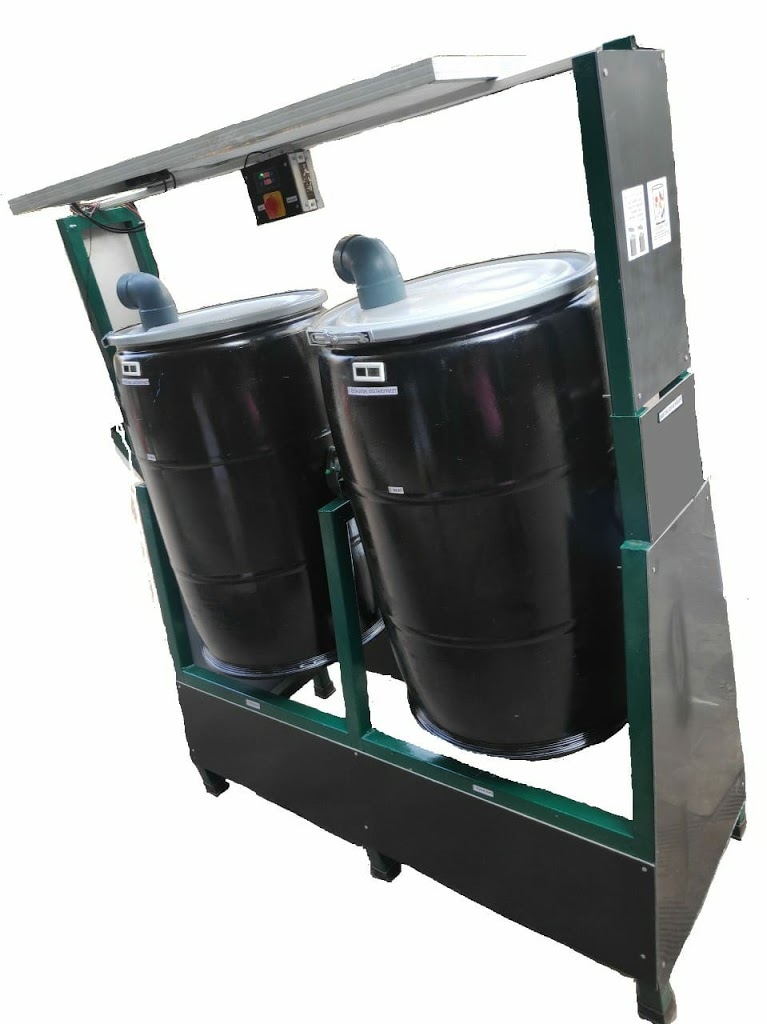What is Composting & how to start Composting – Guidebest Compost.
before Composting , there are two things you need to know to properly dispose of wet waste, recycle and Reuse of organic waste provides more benefits to environment like improving soil heath, recycling nutrients, mitigating the impact of droughts.
Dispose of waste can be done by decomposition techniques, there are two methods of decomposition.
- Aerobic.
- an anaerobic.
with the help of aerobic, we create a useful compost which is used to grow plants and improve soil health.
and with the help of un aerobic we can generate bio gas that can use to generate heat.
first of all you should know what is aerobic & what is un aerobic?
Aerobic means existence of Air or Oxygen, Aerobic composting is decomposition of waste or material using living microorganisms.
Aerobic Composting:
Aerobic composting uses bacteria and reflects natural decomposition. The process of aerobic composting can be used with all types of organic matter. carbon sources encourage a type of bacteria to grow that produces high temperatures, up to 60 to 70 degrees Celsius. Aerobic composting works fast & efficiently, most of people use this techniques for compost, because it is easy way to convert organic waste into compost.
Anaerobic composting:
Anaerobic composting decomposes waste without oxygen. Natural materials are stacked up and naturally decompose in anaerobic composting. This process completly air free and will not need to be handle. Anaerobic composting produces a large amount of methane .
What is composting? why should we do compost?
Globally, 54 percent of the total population now lives in urban areas, hustling and bustling from job to job and unwittingly leaving waste behind that is detrimental not just to their own lives but also to future generations.
Composting is technique to add bacterial Action on waste to create compost.Treasure From Trash is our ideology, which encourages people to breathe new life into trash. It symbolises the limitless opportunities we have to nourish the planet.
It is a way of life in which we turn our daily waste into a greener world for future generations. As a result, you are actually contributing to a better environment.
Benefits of Composting.
- Compost improve your soil
- Helps plants absorb nutrients in your soil and gives extra nutrients .
- It maintain PH Value Of Your Soil
- you can dispose complete organic waste, it help to reduce waste.
Waste Segregation:
 your daily waste generated have to segregate before making compost, only wet waste can be compost, before segregation you need to know that which type of material is wet waste and which type of material is inorganic material, composting material is organic type of material and that can be compost so below listing indicate that composting and non-composting material.
your daily waste generated have to segregate before making compost, only wet waste can be compost, before segregation you need to know that which type of material is wet waste and which type of material is inorganic material, composting material is organic type of material and that can be compost so below listing indicate that composting and non-composting material.
Read more: How to Segregate Waste at Home?
What can be compost
compost can be done with any type of organic Waste, organic waste is all type of kitchen waste or garden waste which decompose easily, following are some example of waste that can be compost.

Fruits peels, vegetables Peels,poultry fish, Egg crab shells,bakery food, chicken meat, fastfood, meal leftover, garden waste etc.
What can not be Compost?
compost can be done with any type of organic Waste, but some are material are inorganic waste which can never compost , this type of waste can not decompose easily, following are some example of waste that can not be compost.

Coal or Charcoal Ash, chicken Meat bi bones dairy product pet wast e plastic cloth rubbers, inorganic hard substances, metal glass electrode, medicine/chemical etc.
Also Read : What should you not compost?
How to start Composting
before starting composting, you should know some basic knowledge about composting. there are some things to know are nueteients balence , moisture content, mixing, heating, ventilation, shredding etc. these all factors are considered during composting.
Following are some point to know during Composting:
1.composting is decomposition process which required green and brown material, green material includes grass clippings, food scraps, and manure which have Nitrogen, while
Brown materials includes dry leaves, wood chips, and branches, which have carbon & Some ammount of nitrogen.
2.The main function of shredder is to cut waste into small particles, that small particles are easily processed with any processing or natural composting machine that create compost, due to shredder no more time taken to make compost, because natural decomposition occurs to small particle.
3.Living Microorganismsduring a compost heapneed enough moisture to survive. there is presense of water which Provide sufficiet amount of oxygen.
4. mixing or turning should be there to mix waste properly for good quality Compost.
5.you need to give sufficient amount of air for oxygen flow.
How to make compost at home
Before making compost you should remember to follow the instructions.
- You should have plenty of time to make compost, then you will get the best compost
- If you breathe properly during the composting process on your waste compost quality it will be much better.
- if possible, you can provide at least a little heat, then speed up the composting process and provide good quality
- Add a certain amount of carbon source to your waste and then the carbon source action and speed-up process
- You can add a certain amount of custom powder to your litter to avoid odor and speed up the composting process, you will get compost in a very short time.
- The main ingredients in composting water, liquid waste has a large water content in the waste which we have to remove from the waste and make compost with dry flour.
If you follow the above steps then you can make your own compost or you can make compost bins or devices yourself.
Compost from waste could be used for
Gardening (making your environment look greener and with positive vibes arriving at the spot of our lives.
Agriculture (food waste is nutritious for crops enhancing agriculture output)
What is required for composting?
first of all if you are crazy about composting, it is important to segregate organic & inorganic waste, now organic waste shredd or cuts into small particles for faster decompose and use any type of method for Composting, some of the methods required more time and high maintenance, some methods are easy to operate and create natural compost, compost can be made with varieties of techniques , you can use any techniques to make compost. There are too many things will require for composting but it depends on which type of techniques you are using? you will required carbon source for composting, which have high content of carbon & nitrogen.as definition of carbon source we consider it as brawn material ,it may be dry leaves, straw, coco- Peat or saw dust etc.
Read here: Why Carbon Source is need to make Composting?
Types or techniques of Composting:
How many type of composting? on which way we can do composting or what are the main composting techniques? these are very important questions that we are thinking and Following some techniques of composting explained in brief.
- Vermi-composting.
- in vessal composting.
- Compost Peat.
- making compost by using machines.
1. Vermicomposting:
Vermicompost is incredibly smart methodology to undertake to to compost, wet waste composting through the use of earthworms have conjointly been undertaken. The worms eat away the wet waste and switch out usable compost. AN appropriate atmosphere is provided for vermicomposting to need place. but such composting processes take great quantity of land and time consumption still however it results higher quality output ever. due to process you’ve got need to require care of warms as per atmosphere.
Also Read :What is vermicompost and how to make vermicomposting
2.In-vessel composting
In-vessel composting process waste without taking over the maximum amount space as windrow method and it can any sort of organic waste (e.g., organic waste, animal manure, biosolids, meat,food scraps). This method involves feeding organic materials into a drum or tank , silo, concrete-lined trench, or compost peat . this enables control of the environmental conditions like moisture, temperature and airflow. material or waste inside mechanically turned or mixed for aeration . the dimensions of the vessel depends on volume and capacity.
This method produces compost in less time, but It takes longer for curing until it’s able to use because the microbial activity must balance and degrade temperature.
3.Compost Pit:
recycling of room scraps and also the creation of a natural chemical for garden plants and vegetables. Compost pits provide an easy and free various to buying or building a compost bin, as they’re created right within the ground among your yard.
4.making compost by using machines.
There are so many compost Machines available in market Some machines are really efficient in working and gives natural compost. You can use any method of composting like compost pit, compost tumbler method or Compost bins or Automatic Compost Machine.
One of the best methods to make compost from your waste is batch type system. In this system, simply just shred your waste into automatic or Manual Shredder which crush waste into small bits and speeds methods of Composting. Then, put crushed waste into tumbler. it would just rotate and makes the compost with aerobic process gives a sustainable low cost solution and then keep the compost into curing racks for curing Process to reduce the temperature of compost which would help in enhancing the quality of compost .
There are two machines available in the market which works with great efficiency and provides best Quality Compost results as we believe.
- Fully-Automatic food waste Compost Machine.
- Semi-Automatic food waste composting Machine.
1.Fully-Automatic food waste Compost Machine.
Fully automatic Compost Machines runs on Electricity, generally this type of machine is not working well, so many peoples are using this machine but facing more problem of maintenance and this machine is very Expensive, it claims within 24 hrs compost will be ready, but in general no compost make within 24 hr this is fact. it is not proper way of composting but this machine have some advantages waste can be dispose up to 80-90%, 10-15% leaves behind carbon footprints. Machine works on Electricity ,consumes Electricity due to heating coils inside machines machine is fully automatic you just put waste into this machine and forget for 24 hrs, we can not say compost will be ready but up to 80-90% reduced waste.
2. Semi-Automatic food waste composting Machine.
There are many machines in the market are semi Automatic, it follows process of composting and have advantages and dis-advantages. some machines works on Electricity but consumption is low, Some machines which runs on Solar, plenty of time will require for composting, at least it will take 10 to 15 days by applying technology. There are two types of Machines generally used in market
- Batch type system Electrical Compost Machine
- Batch type System Solar Compost Machine.
this type of Machines which follow steps and make quality compost.
Batch type system Electrical Compost Machine
Shredding : Shredder Shred waste into small particle to Speed Composting Process.
Mixing Machine: with help of blade & motor ,waste is properly mixed with Carbon Source and output is sent for curing section.
Curing: here we keep mixed waste in natural air by applying some amount of water or oxygen for performing compost action also curing is used for degrade temperature.
Batch type system Solar Compost Machine
- Shredding : Shredder Shred waste into small particle to Speed Composting Process.
- Mixing Machine: with help of Rotating tank or cranking handle , turn handle or rotate tank on Bearings, rotation should be there once in a day, waste is properly mixed with Carbon Source & results best quality Compost within less time.
Solar Compost Machine:
 Solar Powered Compost machine have multiple advantages to use, you save your Electricity, it is maintenance free, Odor free, less expensive, low cost Solution, easy solution to convert your organic waste to Compost. Waste can be convert with Solar Techniques and gives best quality compost due to natural process. Klimrus Company Provides this type of Compost Machines.
Solar Powered Compost machine have multiple advantages to use, you save your Electricity, it is maintenance free, Odor free, less expensive, low cost Solution, easy solution to convert your organic waste to Compost. Waste can be convert with Solar Techniques and gives best quality compost due to natural process. Klimrus Company Provides this type of Compost Machines.
Read here:How To Install Solar Compost Machine
Which is best compost maker?
Apart From Compost Machines there are several Machines can make individually, some of people are using bins which is made up of plastic or terracotta and following compost making Procedure which create compost with good quality, compost can be made on large scale with compost heap Techniques, many countries are using this techniques but it will take more time and create good quality compost. compost you can make at home by using plastic Crate Compost basket or making compost machine at home with low cost. Home Composter can be used for converting your daily generated kitchen waste and you can convert it into useful compost. one of best compost making equipment is compost tumbler, that is highly re commanded because The Efficient and Incredible sustainable solution for Waste Management , this create superior quality compost, it will take more time but create good quality compost.
Also Read : Compost Tumbler is best way to dispose waste.
all four techniques are Method of composting ,The most Leading, Foremost and Pre Eminent Compost Maker. these techniques are available with a low cost Solution, but the above four procedures are applicable to most people.
Hope you understand well about Composting and Techniques of dispose of waste, please share or Comment if you liked this Post and share to maximum People to know about composting.
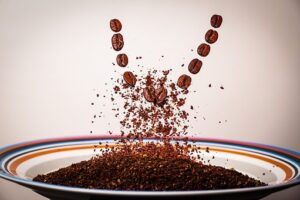



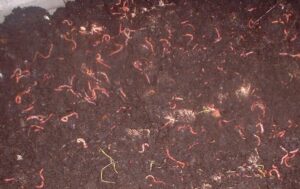
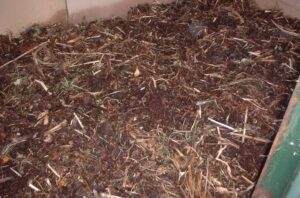

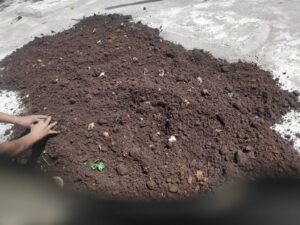

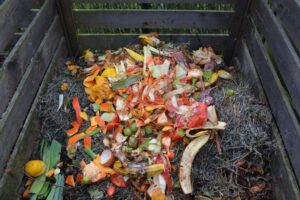
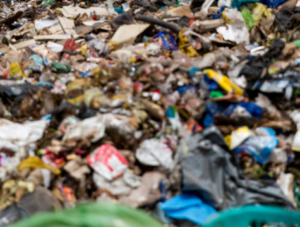
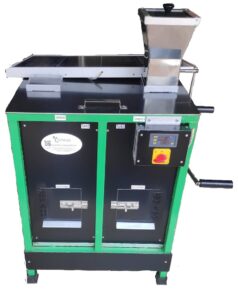 Solar Powered Compost machine
Solar Powered Compost machine